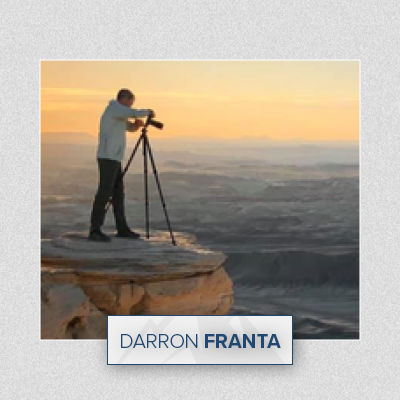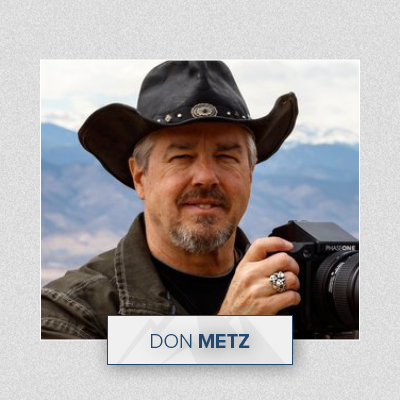Yosemite Falls Moonbow
Yosemite NP, CA
YOSEMITE FALLS MOONBOW
A BRIEF SUMMARY OF YOSEMITE FALLS MOONBOW
During April, May, and June a moonbow, also called a lunar rainbow, can be seen in the mist at the bottom of Lower Yosemite Falls. A moonbow is simply a rainbow that occurs using moonlight rather than sunlight. Therefore, a moonbow is only visible when there’s enough moonlight to create the effect, which is typically when the moon is full and a couple of nights before and after.
The moonbow can only be seen during April through June because the position of the moon and its angle to the falls are aligned to create the effect. The moonbow is most often photographed from the footbridge on the Lower Falls Trail where it crosses Yosemite Creek at the base of Lower Yosemite Falls. Although, there are locations in Cooks Meadow where the moonbow can be seen from a distance. A moonbow across the Upper Yosemite Falls can also be photographed from around Sentinel Bridge on the south side of Cooks Meadow.
Photos and location summary by Don Metz
Annual Subscription
Lifetime Membership
DATA POINTS INCLUDED WITH YOSEMITE FALLS MOONBOW SUMMARY
I would rate the difficulty of this trail as 1 on a scale of 1-5 (with 5 being most difficult). From the parking area, it’s an easy 1/2 mile walk to the Lower Yosemite Falls viewing area.
Photographing the moonbow requires certain environmental conditions and camera preparations. It’s also helpful to understand that a moonbow looks different to the human eye than a normal rainbow. The human eye is not as sensitive to low light conditions, which causes the moonbow to be a dull white or almost gray arc. Our eyes are not sensitive enough to discern the colors within the rainbow since the moon’s light output is substantially less than sunlight. However, modern camera sensors are much more capable of vividly capturing the colors within the moonbow. As with rainbows, several conditions are needed for the moonbow to appear:
1. The moon must be full or nearly full. Usually, 2-3 days before and after the full moon may provide enough light.
2. It must be dark, so moonrise times are important to ensure the moon is high enough in the sky and at the appropriate angle between 40-42 degrees for the moonbow to appear. Any lower or higher angle and the moonbow will disappear, which is why this phenomenon only lasts for a short while. There are a lot of tall trees between the …
For optimal results, you will need a fast (i.e., f1.4 or f2.8) wide-angle lens between 16-35mm. You can use a lens with slower apertures (f4) but will require long shutter speeds (30 seconds or greater) which increases the likelihood of too much mist accumulating on the lens and loss of sharpness from vibrations created by the waterfall or people walking on the bridge. A 24mm lens enables you to capture the entire scene along with some of the night sky.
4,050 Ft. Elevation
Other Resources Available with Membership
KMZ Trail File
Directions
Best Time of Day to Shoot
Best Time of Year to Shoot
Equipment Needed
Permits Required
Direction of Shot
Google Maps Birds-Eye-View
Number of Photographers to Expect
Cell Service
Overnight Lodging/Camping
Nearby Restaurants
Area Guides and Workshops
Other Resources










